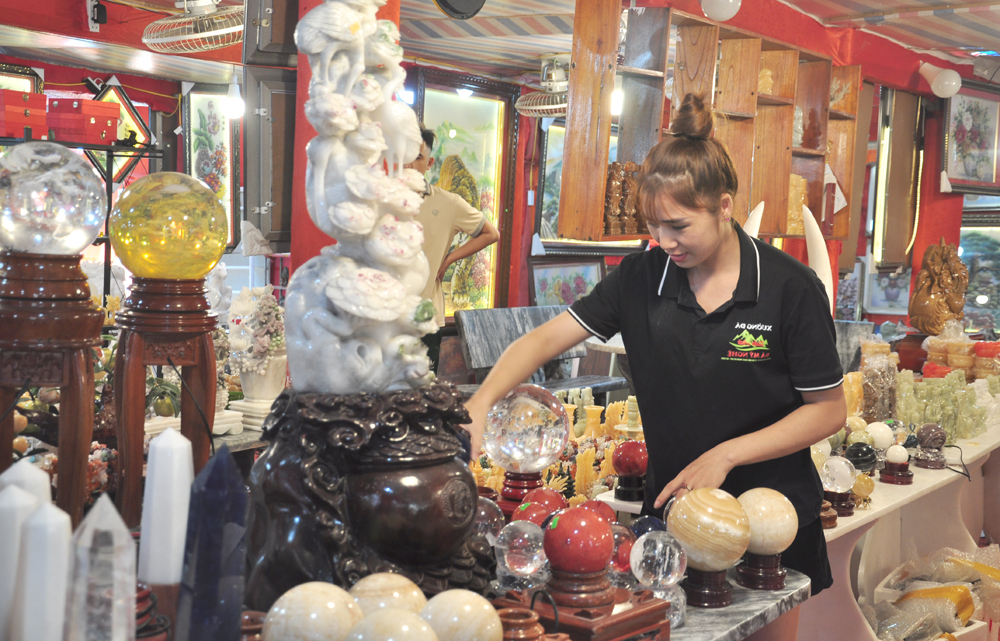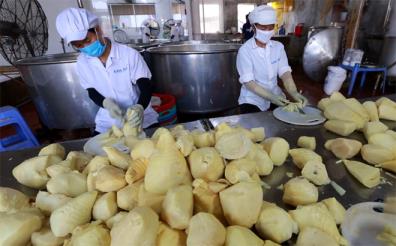Yen Bai maintains 13 recognized craft villages
- Wednesday, March 19, 2025
YBO - In 2025, Yen Bai will continue to preserve, maintain, and develop 13 craft villages and 2 traditional crafts recognized by the People's Committee of Yen Bai province, focusing on 4 industry groups.

|
|
The group of handicraft production industries includes 3 craft villages and 1 traditional craft that Yen Bai focuses on maintaining and developing.
|
Other news

Yen Bai has been implementing various solutions to build a sustainable agricultural sector that adapts to climate change.

With a proactive and comprehensive approach, Van Chan district is committed to effectively implementing the National Target Programs (NTPs) and socio-economic development projects.

In 2025, Yen Bai aims to recognize four new craft villages, including one in the city, one in Tran Yen, one in Van Chan, and one in Van Yen.

In 2025, Tran Yen District will continue to maintain and develop specialized raw material areas with key and specialty products linked to value chains. Specifically, the district aims to plant 100 hectares of new mulberry trees and improve 50 hectares, increasing the total mulberry-growing area to over 1,100 hectares, with silkworm cocoon production reaching 1,800 tons.



